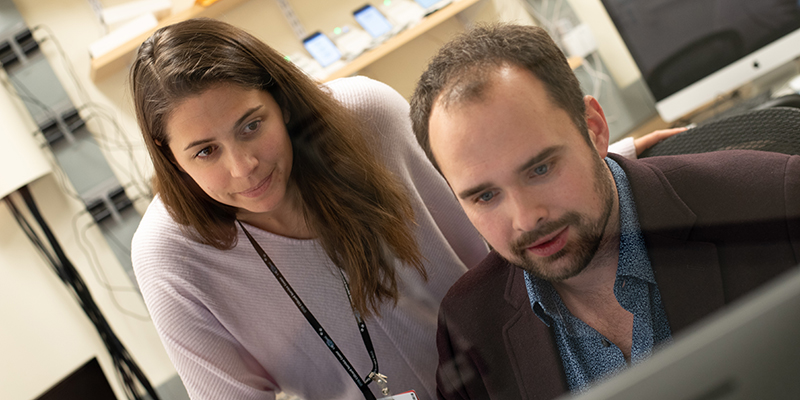Wearable Sensor Helps Detect Childhood Anxiety
Many young children, as high as one in five kids, experience anxiety and depression. Often, these conditions can be hard to detect by parents, health-care providers, and teachers—giving them the name "internalizing disorders”. These conditions are not insignificant and if left unrecognized can cause problems in later life with greater risks substance abuse and/or suicide. "Because of the scale of the problem, this begs for a screening technology to identify kids early enough so they can be directed to the care they need," states Ryan McGinnis, a biomedical engineer at the University of Vermont.

Now, a study published in PLOS ONE describes a tool that was recently developed to help screen internalizing disorders in children that aims to catch symptoms early. "Children with anxiety disorders need an increased level of psychological care and intervention. Our paper suggests that this instrumented mood induction task can help us identify those kids and get them to the services they need," explains Ellen McGinnis.
Ellen McGinnis and Ryan McGinnis of the University of Vermont, lead researchers on a study published in PLOS ONE that showed wearable sensors could detect hidden anxiety and depression in young children.
Photo: Josh Brown via University of Vermont
The researchers used a "mood induction task” to produce specific behaviors and feelings such as anxiety in 63 children, some of whom had internalizing disorders. They then used a wearable motion sensor to monitor a child's movement with a machine learning algorithm. "The way that kids with internalizing disorders moved was different than those without," says Ryan McGinnis.
Learn more about childhood anxiety:
The study can open a world of possibilities in using technology to help screen for childhood mental health issues and psychological disorders and to identify those that need treatment. "If anxiety symptoms do not get detected early in life, they might develop into a full-blown anxiety and mood disorder," says Ellen McGinnis. "Something that we usually do with weeks of training and months of coding can be done in a few minutes of processing with these instruments.”
Source: University of Vermont










